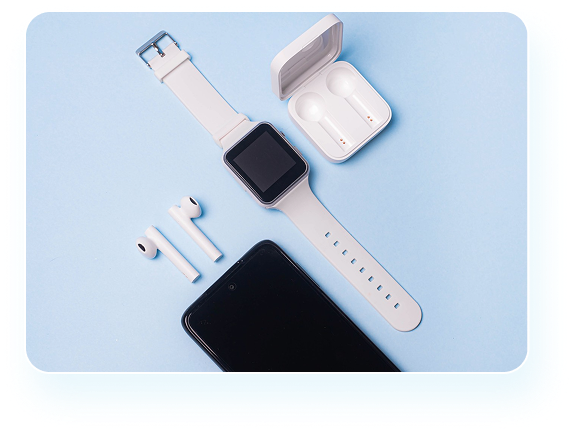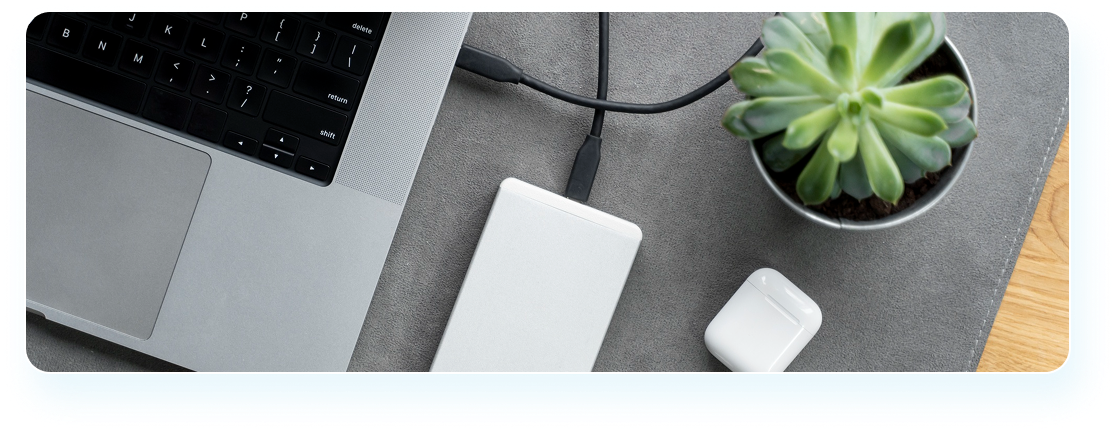
Recreate these tasks on your own device
Side projects, essays, matches and meetings form the backbone of modern use. The suite therefore mixes
web, office, creation, calls and games rather than chasing a single headline figure. Timers start after
a warm boot and end when the task truly finishes—export complete, installer closed, or the call hung up.
Where firmware changes affect behaviour, runs are repeated after the update to keep things fair. Notes
on drivers, BIOS versions and app builds are kept with the results so you can mirror them.
New readers can begin with the packs below: scripted browser runs, a 10-minute 4K H.264 export timeline,
a Lightroom Classic batch of 200 RAWs, and a short Teams call scenario. Each pack lists presets and
media so your results line up with ours and small differences—like RAM size or fan curves—become clear
rather than confusing.
